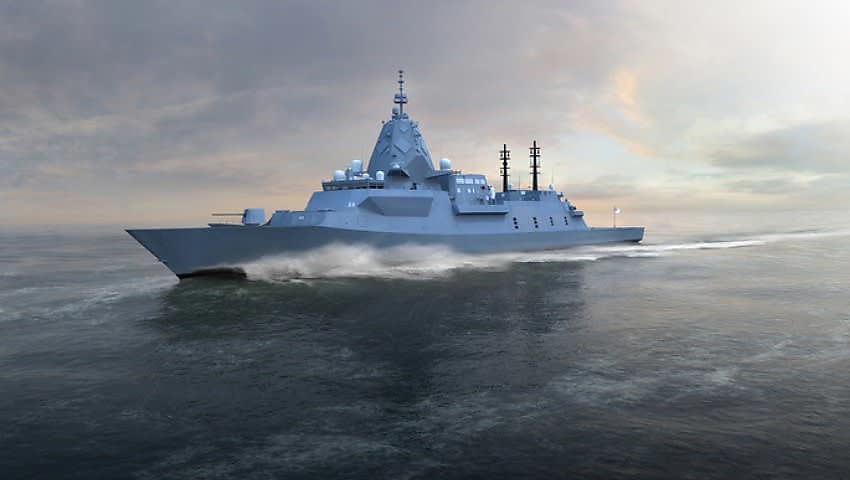The project to construct Australia’s next-generation surface combatant fleet has achieved a new milestone.
Prime contractor BAE Systems Australia has announced the construction of the first 452-square-metre steel block as part of the $45 billion Hunter Class frigate project following approximately 45,000 hours of shipbuilding work.
Construction of the steel block at the Osborne Naval Shipyard in South Australia form part of an initial phase involving the development of five prototype ship blocks.
This process aims to test and refine the processes, systems, tools, facilities and workforce skills before construction commences on the first of nine Hunter Class frigates.
The first of 22 prototype blocks (each ship), referred to as Block 16, reportedly weighs over 140 tonnes.
Construction of the block was supported by 35 workers, including engineers, boilermakers, welders, fabricators and project managers.
As part of the current design of the ship, Block 16 — which comprises of four steel units, known as UB24, UB24B, UB34 and UB34B — represents the middle of the ship where accommodation spaces would be built.
Shipbuilders are expected to construct the second and third prototype blocks over the coming weeks.
Production of additional blocks incorporating the Hunter Class design changes is scheduled to commence in mid-2023.
BAE Systems Australia managing director, maritime, Craig Lockhart, noted the significance of this latest prototype construction milestone.
“Throughout construction of the first prototype ship block, our highly skilled workforce has been able to incorporate new, more efficient and effective ship-build methods and innovations into our processes,” Lockhart said.
“Already, the quality and productivity we are achieving is well above where we thought it would be at this stage of prototyping. This quality demonstrates the potential of a strong future for continuous naval shipbuilding in Australia.
“We are working towards achieving new benchmarks in manufacturing efficiency and quality and the new processes we are developing allow much greater engagement with Australian suppliers.”
[Related: BAE Systems bolsters Hunter Class supply chain, tests digital model ]






